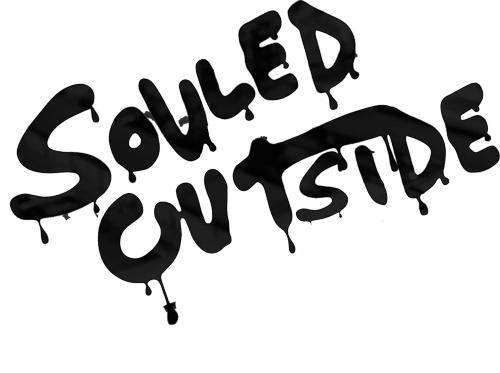This was it. 2,000 years ago, this was the place. This was the edge of the Roman Empire—Hadrian’s Wall.
I sat on its edge alone, looking out towards the north, out beyond the wall. “Somewhere up there is Scotland,” I thought. Then, it occurred to me that somewhere along this 73-mile stretch of rubble, someone related to me probably sat down under the fading afternoon sun and saw the very same view, back when the wall was new, when it stood 15 feet high instead of six. They felt the stones under their feet and the spring of the grass at its base. And they probably looked north, keeping watch over an age long lost.
Behind me lay most of England, a country that—for many Americans—conjures images of London and fog, and smoke and cities, but rarely of the beautiful countryside that was rapidly stealing the spotlight from the stones. However, I learned today that England is much more than that. It’s breathtaking highways, it’s locals with accents so thick you won’t even recognize your own language, it’s being chased off a few lawns, and it’s completely deserted in its most beautiful places.
True, Scotland lay ahead of me. But the road behind our car was littered with photos and footage of an otherworldly landscape, of the rolling hills and pastures of the Yorkshire Dales. And as Conor’s drone zipped overhead, scattering the local ravens, I thought back to what he said today behind the wheel.
“Go here,” he said. “If you can’t walk and you want to see the sights, go here. Whether you come by car or scooter or helicopter, go here.”

He was emphatic about this, glowing as he made the statement. Maybe, because Conor really can’t walk—at least, he can’t walk very well. Born with a bone disease called osteomalacia (you might know it as rickets), Conor has had seven surgeries. Doctors tell him that he’ll need another 11 more over the course of 30 years.
He says they’re unlikely to ever all get done. Yet in the years I’ve known him, I’ve never heard him complain a single time about anything other than slow internet connections.
Climbing the wall wasn’t an option for Conor today, but he insisted that we go there. And while I scurried around the ruins of Rome without a soul in sight, he was right there alongside. Sometimes, Conor would be 300 feet above me, spinning circles over the landscape. At other times, he’d zip by, kicking dust up around my feet as the blades of his quadcopter spun just inches away.
What took me the better part of two hours to explore; he could see in two minutes—and he could see it with a better view than I could ever get.
So what we’ve found now, is a good team, each person pushing the other to go beyond their boundaries, beyond the preconceived walls that hold us back. I climb, Conor flies, and we both break down the walls of what we thought we could do.
Walls always come down, you know. After all, Hadrian’s very own wall was fully occupied for less than 25 years before the Empire’s boundaries broke free.

Editor’s Notes: Surprisingly, there are no signs restricting access to the wall. Apparently, you’re free to get your Jon Snow on, at least on this section near Carlisle. That doesn’t seem like a bad move, as even after 2,000 years that thing is rock solid. Official government websites say tourists are “free to patrol” the wall, though a foot path does run a few feet away.
The feeling of standing beside those rocks is bizarre. It doesn’t feel haunted, but it does feel ancient. As well it should, I guess. The entire time we were at the wall, I saw exactly three other people. All appeared to be locals on a run or walking their dog. If you’re in the area, I highly recommend a visit.
Up next, we head to Scotland’s version of Route 66 with a detour through Skye.











